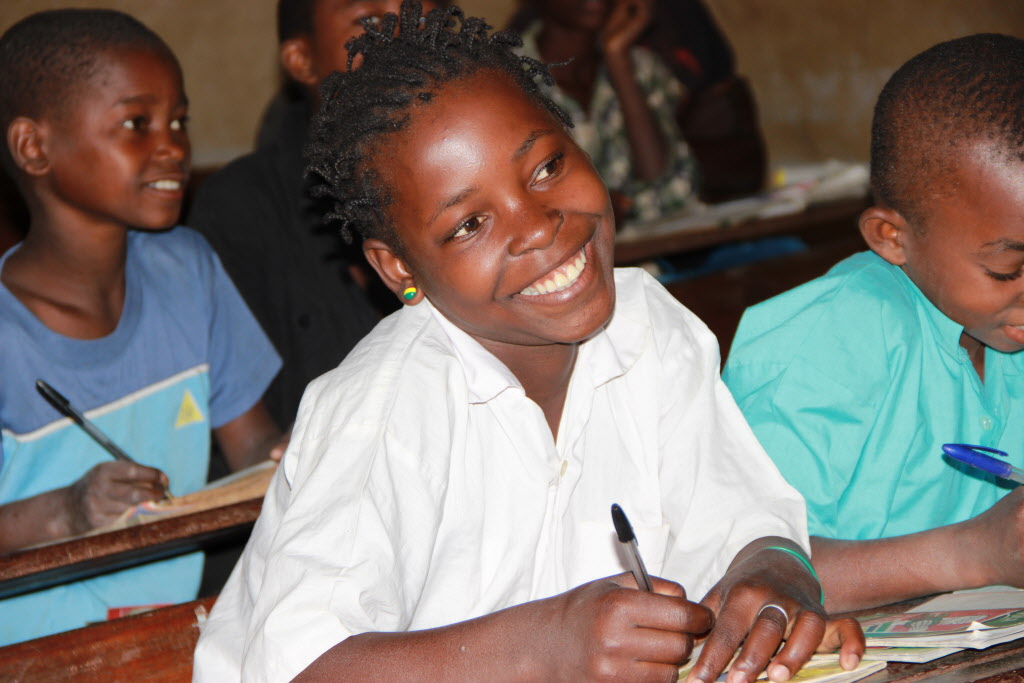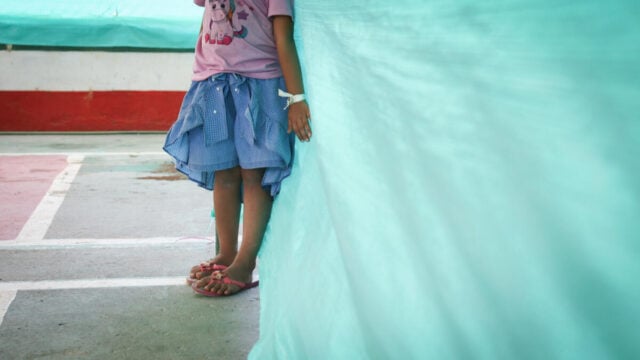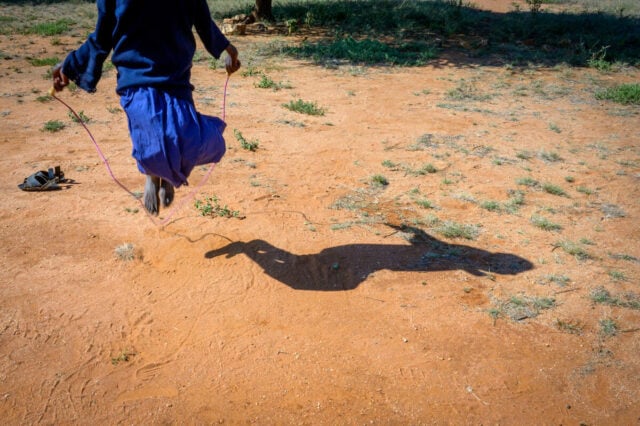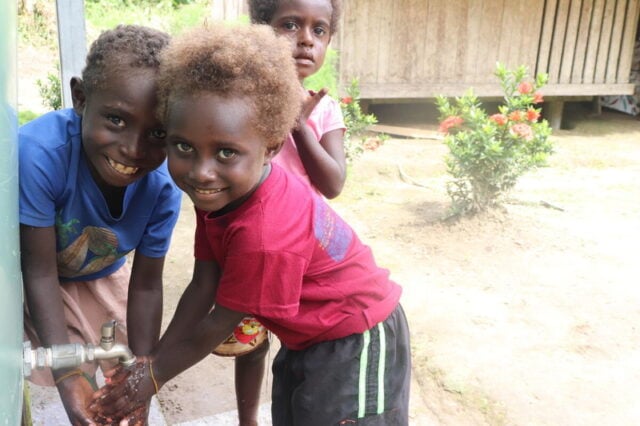Worldwide, as many as 650 million women alive today married before they turned 18. Child marriage sets them up for a life of hardship — they are less likely than their peers to stay in school and more likely to become victims of domestic violence.
Children and young teens are also more at risk of death from complications of pregnancy and childbirth than 20-somethings. Their babies more often suffer from low birth weight or die within a month.
Yet millions of girls are at risk of child marriage.
Girls trapped in child marriage tend to be poor, under-educated, and living in rural areas where birth and death rates are high and where conflict is common. Fear of premarital pregnancy, rape, hunger, and homelessness are all drivers of child marriage, according to a 2013 World Vision report. Other drivers include harmful traditional practices and the lack of alternative opportunities for girls — in particular, the lack of opportunity to go to school.
World Vision works to reduce child marriage by enforcing existing laws that prohibit child marriage, improving access to quality education, creating safe areas for women and girls during humanitarian emergencies, and mobilizing enlightened community leaders and parents to combat gender prejudices.
Forced to marry at age 14
It was an ordinary morning in rural Mozambique when Belita, 14, received heartbreaking news. She would soon be forced to marry.
“This man comes to my house to ask my parents to marry me this year,” she recalls. “They accepted.”
After learning the news, Belita crossed paths with child parliament members at her school. “I learned a lot of things about children’s rights and the consequences of child marriage that day,” she says about their conversation. World Vision-supported child parliament programs, in partnership with local governments, help to raise children’s awareness of their rights and develop their leadership skills.
Belita was determined to change her fate. She tried to make her parents change their mind — but to no avail. They insisted that she would marry, no matter what it took.
Top countries for child marriage
Mozambique has a very high rate of child marriage, ranking ninth in the world.
According to the 2017 UNICEF report, State of the World’s Children, the countries with the highest rates of child marriage before age 18 (counted among women now 20 to 24) are:
- Niger* — 76%
- Central African Republic* — 68%
- Chad* — 67%
- Bangladesh* — 59%
- Mali* — 52%
- South Sudan* — 52%
- Burkina Faso — 52%
- Guinea — 51%
- Mozambique* — 48%
- India* — 47%
Of the 25 countries with the highest rates of child marriage, almost all are affected by conflict, fragility, or natural disasters.
*Countries where World Vision works to help build communities that promote and provide for women’s and girls’ development along with men and boys.
A transformative conversation saves Belita
The young parliamentarians told World Vision staff and the school council about Belita’s dilemma.
“We immediately called Belita’s parents and the man who was supposed to marry her, along with his family, to my office,” explains the school headmaster, Daniel Dimisseque. “We discussed the issue, showing them how harmful this could be to the child.”
As a result of the discussion, all agreed that an child marriage was not in Belita’s best interests.
To ensure the marriage would not take place, the parents and the man signed a declaration stating that if Belita is married before she turns 18, charges would be presented to the police.
Now Belita has one goal for her life. “All I want is to keep studying to become a teacher,” she says.
Assertive, concerted action to eliminate child marriage
“We believe that the elimination of child marriage in Mozambique requires more assertive, concerted action amongst key stakeholders,” explains Persilia Muianga, a World Vision child protection manager in Mozambique.
To that end, World Vision helps organize faith leaders, local officials, parents, educators, law enforcement, and social services to support girls in pursuing education and avoiding child marriage. And World Vision children’s clubs, like the child parliament that influenced Belita, empower girls with information, particularly on child rights and healthy development.
Belita now serves other children in her community as a member of the local child parliament. “I would not attain this dream,” she says, “if it was not that meeting with child parliament.”
How you can help end child marriage
- Pray for girls in cultures where child marriage is accepted and encouraged. Pray that girls would gain access to education and be protected from this unhealthy practice.
- Make a one-time donation to our girls and women education fund. You can help provide resources such as school scholarships, art and music instruction, vocational training, and gender equality training. These resources help girls to stay in school, stay unmarried through their teens, and develop their innate leadership abilities — ultimately building a stronger, healthier society.
- Sponsor a girl today. By investing in the life of a girl in need, you’ll help her to stay in school and avoid child marriage, all while providing access to the resources she needs to become a healthy, productive adult.
Antonio Simão Matimbe of World Vision’s staff in Mozambique contributed to this article.




